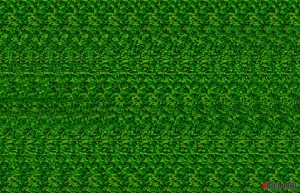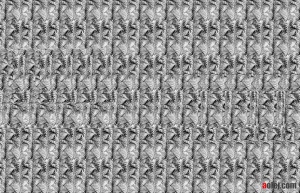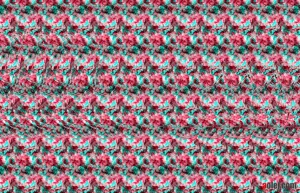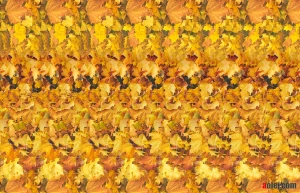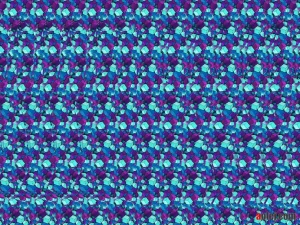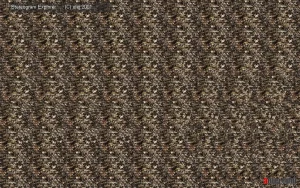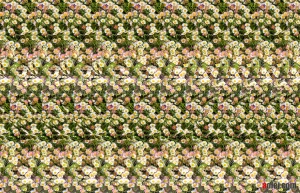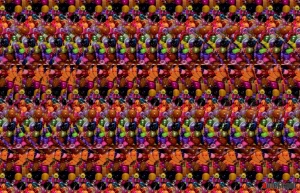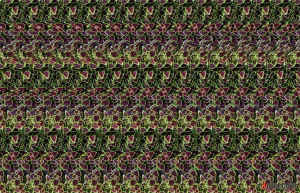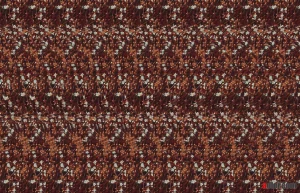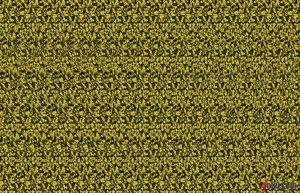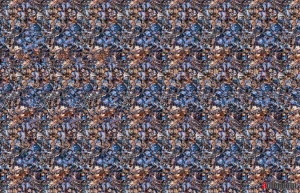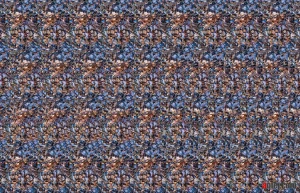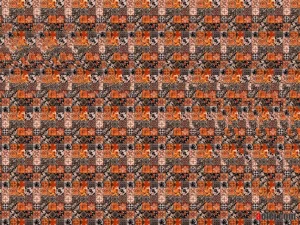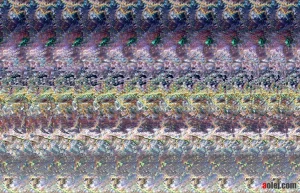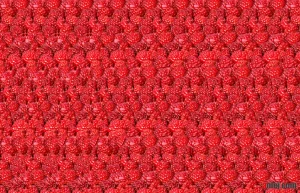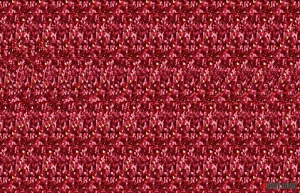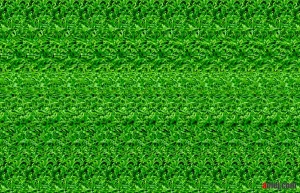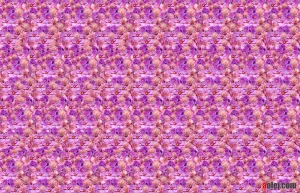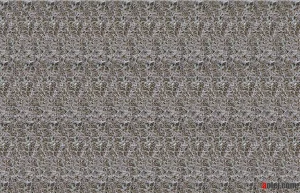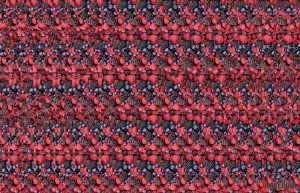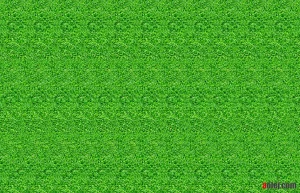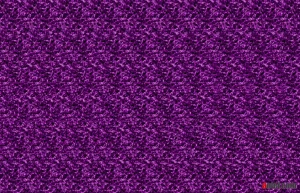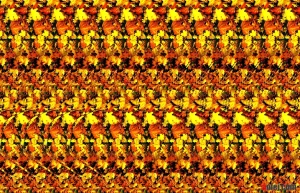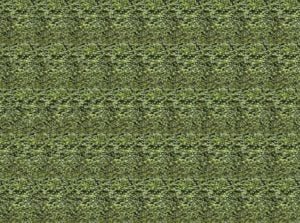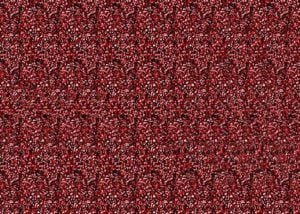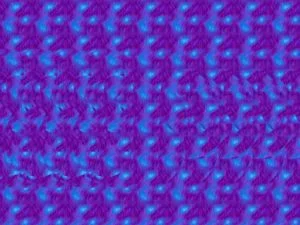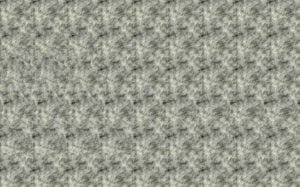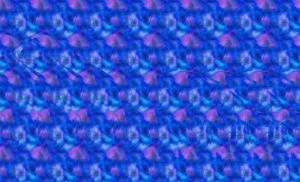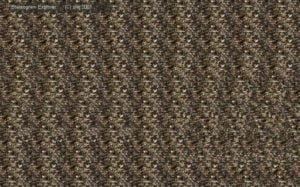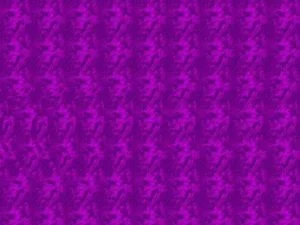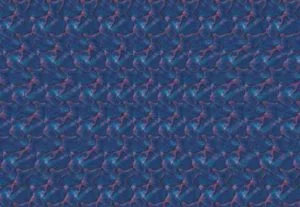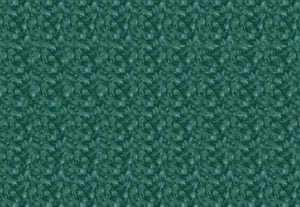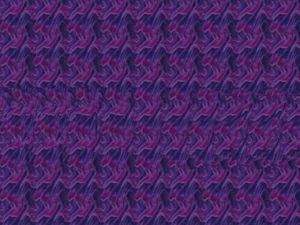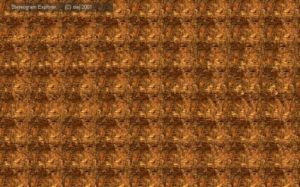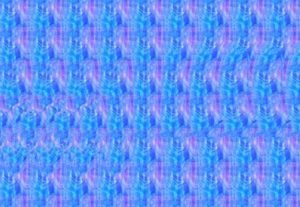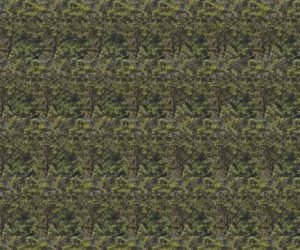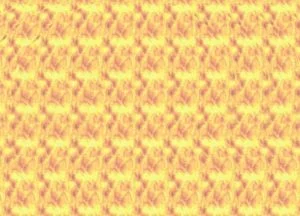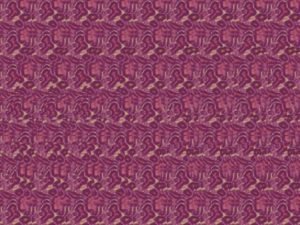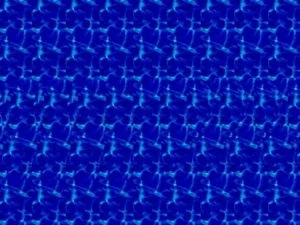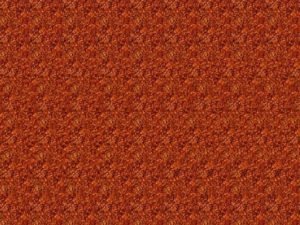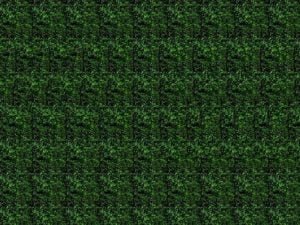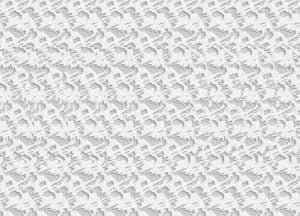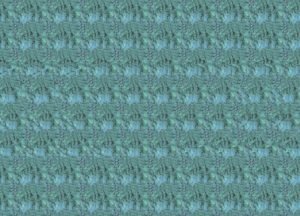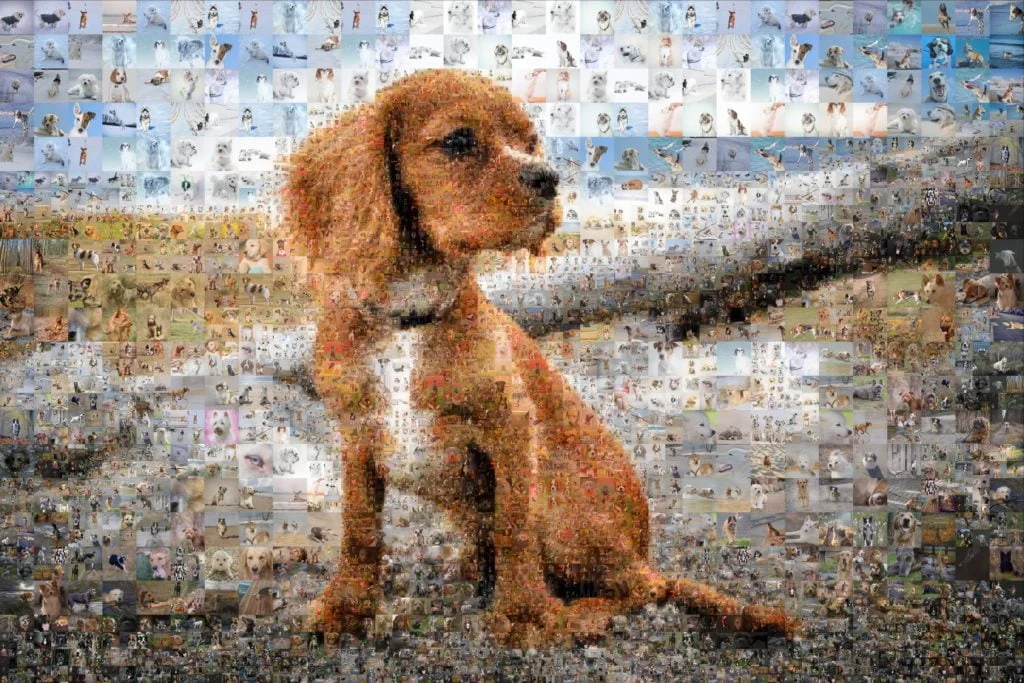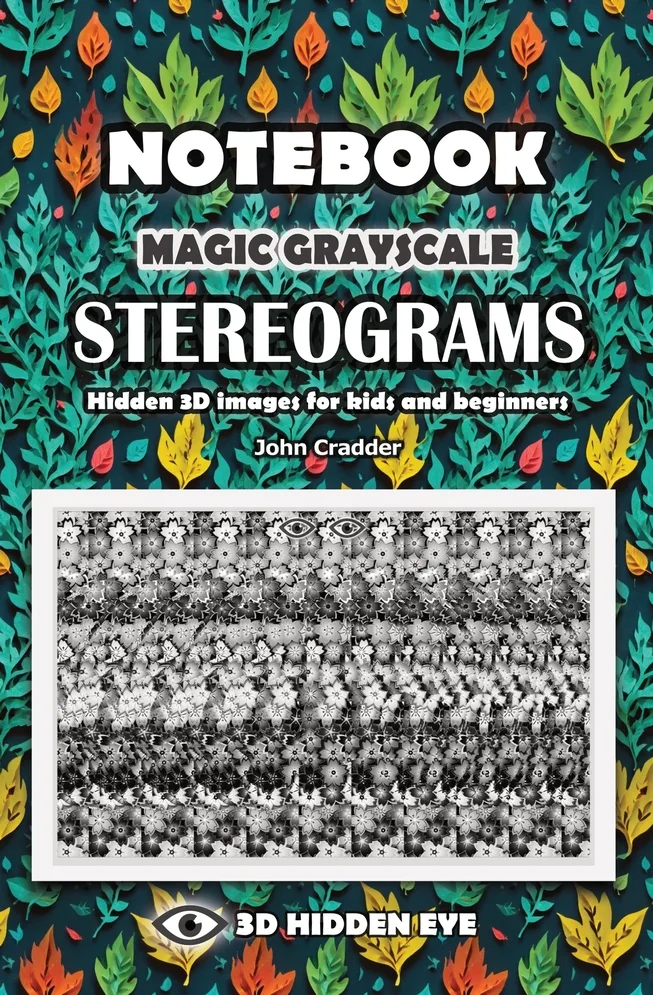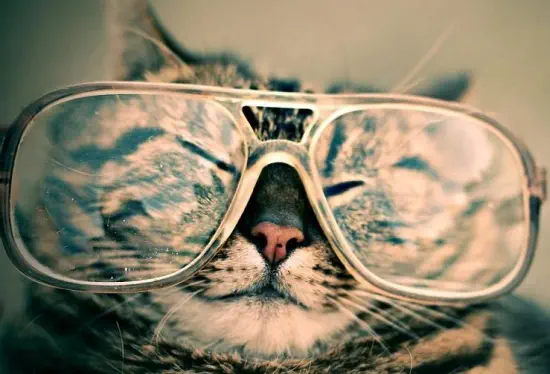Free stereogram Gallery
Stereogram images - 3D illusion
Welcome to our free stereogram gallery
Click on image to display stereogram – don’t zoom displayed image
Want to create your own stereograms with Stereogram Explorer?
50 amazing 3D Stereograms video
created with Stereogram Explorer
Notebook Magic Grayscale Stereograms
Notebook with 120 line pages, 6x9 inch, grayscale
40+ hidden 3D animal images for kids and beginners
Simple Modern Stereogram Notebook including grayscale hidden 3D images – Stereograms. Stereogram Explorer software was used to create notebook.
Notebook contains near to 80 lined pages and 40+ grayscale parallel view stereograms, mostly animals.
Look at the eye icons for correct page orientation.
This notebook is packed with visual illusions that will entertain you and your friends.
- Size: 6 inches x 9 inches
- Page Count: 120 pages
- 40 pages covered by grayscale stereograms
- 80 pages lined
- Paper Type: Lined
- Mind-blowing Stereograms optimized for grayscale printed view
- Basic tips on how to view stereograms on the back cover of the book
Stereogram Explorer
Stereogram Explorer is a software tool that allows users to create and explore a wide range of stereograms, also known as autostereograms or “magic eye” images. Stereograms are simple optical illusions that use the difference in perspective between the left and right eye to create the appearance of a three-dimensional image.
With Stereogram Explorer, users can easily create their own stereograms using a variety of textures or creating random dot stereograms and drawn optical illusions. The software also includes a library of free textures optimized for stereograms and sample 3D model for more challenging stereograms for advanced users.
Generated stereograms or autostereograms can be used in full-screen mode, which allows users to view stereograms in high resolution and detail. This is particularly useful for exploring more difficult stereograms, which may require more careful attention to see the 3D image.
Whether you’re an experienced stereogram creator or a beginner looking to try your hand at this fascinating form of optical art, Stereogram Explorer is an excellent tool to have in your arsenal. With its user-friendly interface, wide range of features, and included textures and 3D models, it’s a great way to create and explore easy and difficult stereograms, cross eye 3D images, and other optical illusions.
How to use Stereogram images in business?
Stereogram images, also known as “3D images,” can be a powerful tool for businesses looking to capture attention and stand out in a crowded market.
Here are some tips for using stereogram images in your business:
Use stereogram images in marketing materials: Stereogram images can be a unique and eye-catching addition to your marketing materials, such as brochures, flyers, and social media posts. You can use them to showcase your products or services in a way that adds depth and dimension, making them more appealing and memorable to potential customers.
Create custom stereogram images: You can create custom stereogram images for your business for example from company logo. This allows you to showcase your offerings in a unique and visually striking way.
Use stereogram images in your website design: Adding stereogram images to your website can help make it more visually appealing and memorable to visitors. You can use them as background images, header images, or as part of your overall design theme. Just make sure to use them sparingly and in a way that enhances the user experience, rather than detracting from it.
Offer stereogram images as a service: If you have expertise in creating and viewing stereogram images, you could even consider offering this as a service to your customers. This could be a unique and niche offering that sets you apart from your competitors.
By using stereogram images in your business, you can grab the attention of potential customers and stand out in a crowded market. So give them a try and see how they can benefit your business.
How to view Stereograms?
Most of Stereograms are diverging or parallel. It means that focus point is behind the monitor or printed stereogram. There are many ways how to train:
- Method 1 focus behind target – place something behind monitor 30cm/feet and you can see it. Focus your eyes on it for few seconds and swing your eye focus to stereogram. If you don’t see depth in stereogram swing your eyes and focus behind monitor. Repeat it again and try stay focused behind monitor – 2 second behind monitor, 1 second on stereogram.
- Method 2 de-focus your eyes – Move your head very near to stereogram image, just few centimeters/inches. Your eyes can’t focus for this distance. Try stay focused to distance and slowly move your head back. In distance about 30 cm/11 inches you can start to see depth of stereogram.
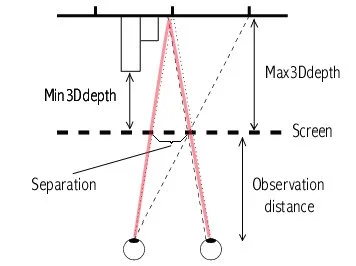
What is stereogram or autostereogram?
Stereograms are standard images that use the difference in perspective between the left and right eye views to create the illusion of depth and three-dimensionality. There are several types of stereograms – autostereograms, SIRDS (Single Image Random Dot Stereograms), and SIS (Single Image Stereograms). Here’s a closer look at each type:
Autostereograms: Autostereograms are stereograms that can be viewed without the need for special glasses or other viewing aids. They typically use repeating patterns or hidden images to create the 3D effect. One popular example of an autostereogram is the “Magic Eye” series of books, which use repeating patterns of dots to create 3D images.
SIRDS (Single Image Random Dot Stereograms): SIRDS are stereograms that use a single image made up of randomly placed dots to create the 3D effect. The dots are arranged in such a way that each eye sees a slightly different pattern, which creates the illusion of depth.
SIS (Single Image Stereograms): SIS are stereograms that use a single image to create the 3D effect. Unlike SIRDS, SIS do not use randomly placed dots to create the 3D effect. Instead, they use the difference in perspective between the left and right eye views to create the illusion of depth.
While all three types of stereograms use the difference in perspective between the left and right eye views to create the illusion of depth, they each have their own unique characteristics and uses.
Autostereograms are great for creating 3D images that can be viewed without special glasses or viewing aids, while SIRDS and SIS are useful for creating more complex 3D images with greater detail. No matter which type of stereogram you choose, they can all be a fun and interesting way to add depth and dimension to your images.

